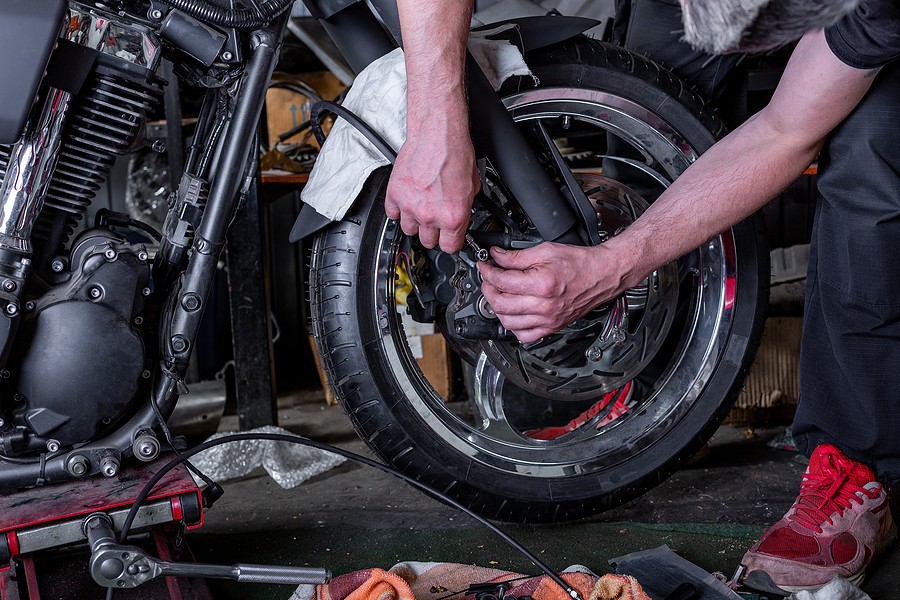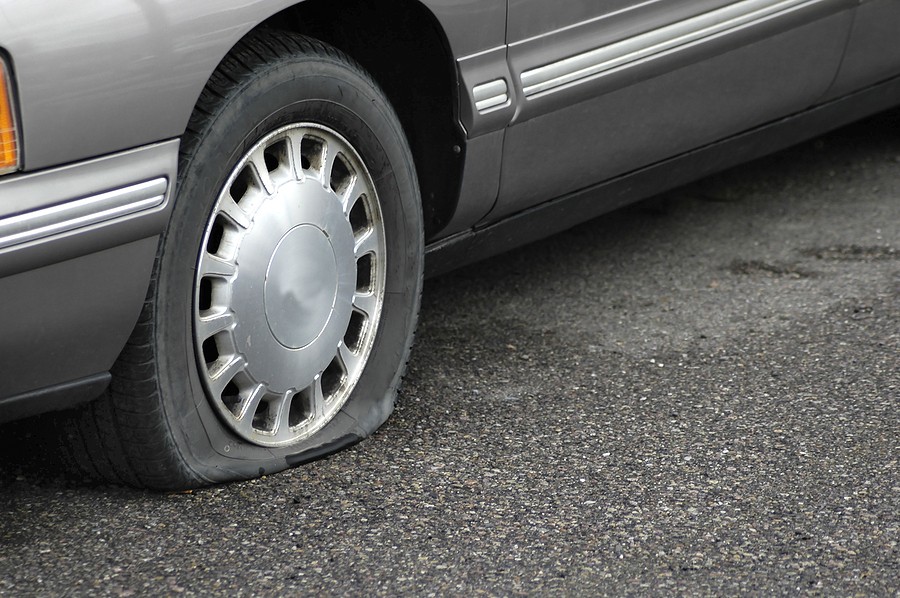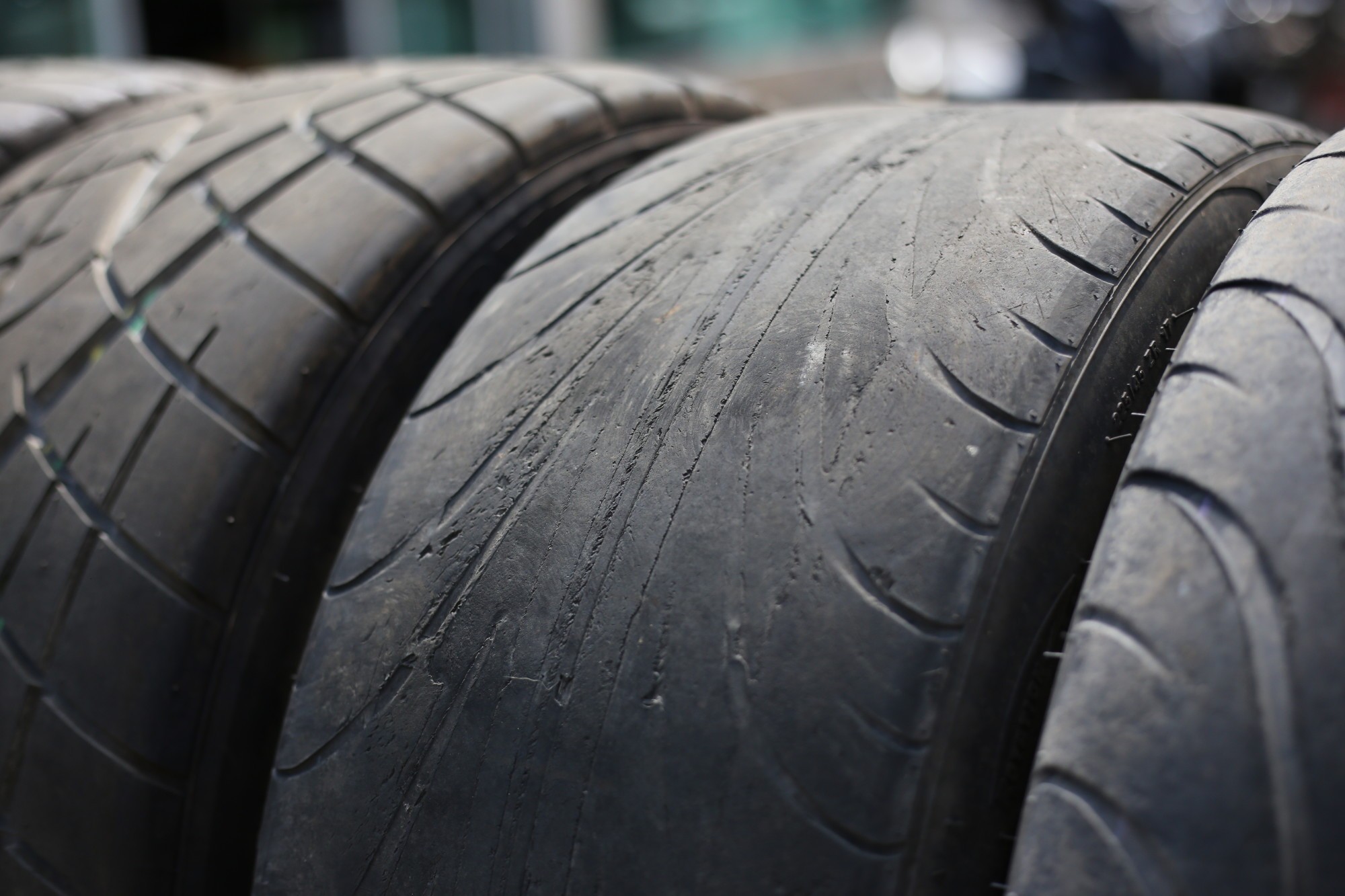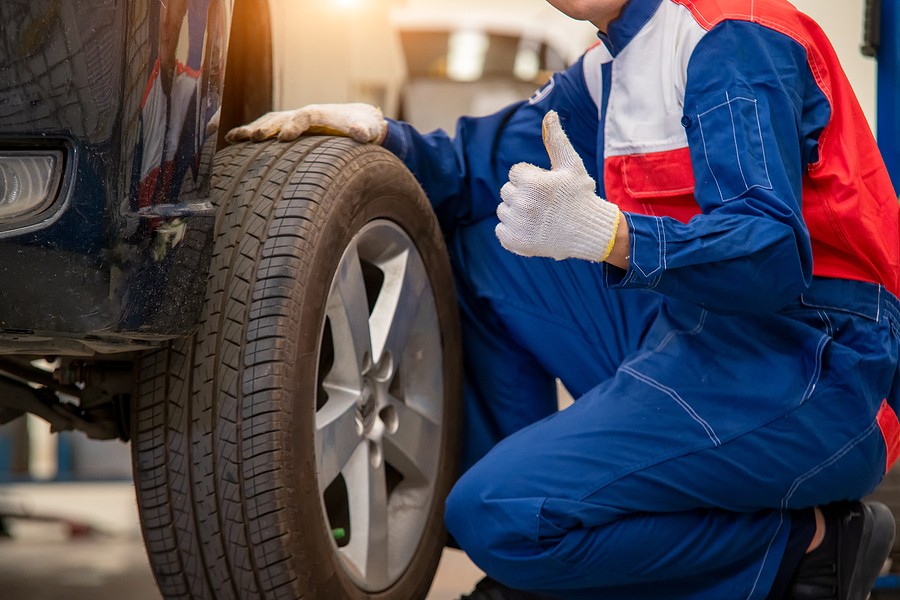The average cost to patch a tire ranges from $20 to $50, depending on the damage's severity. Small punctures typically cost around $20–$30, while larger damages might necessitate a complete tire replacement.
1. Introduction: Understanding Tire Patching Costs
The cost of tire patching is a crucial consideration for any car owner facing tire damage. This cost can vary based on several factors, including the severity of the damage, the tire type, and the service provider's fees.
1.1. Overview of Tire Patching
Tire patching is a common repair method for punctured tires. It involves placing a patch over the damaged area on the tire's inner liner, restoring its integrity and air retention.
1.2. Factors Affecting the Cost
Several factors influence the cost of tire patching. These include the size and location of the puncture, the type of tire, and the rates of the repair shop. Additionally, regional variations in labor costs can also affect the price.
1.3. The Importance of Professional Assessment
A professional assessment is crucial to determine whether a tire can be safely patched or needs to be replaced. This assessment ensures road safety and optimal tire performance.
2. The Basics of Tire Patching
Tire patching, when done correctly, can extend the life of your tire significantly, saving you money in the long run.
2.1. When is Patching Possible?
Patching is generally possible when the puncture is less than a quarter inch in diameter and located in the tread area. Punctures on the sidewall or shoulder of the tire are typically not patchable.
2.2. The Patching Process Explained
The process involves removing the tire, cleaning the punctured area, applying a vulcanizing agent, and then placing the patch. The tire is then reinstalled and balanced to ensure smooth operation.
2.3. Patching vs. Plugging: What's Best?
While plugging is a quicker and cheaper fix, it's often considered a temporary solution. Patching is more durable and safer, especially for high-speed driving.

3. Cost Analysis: Patching vs. Replacement
Understanding the cost implications of patching versus tire replacement is key to making an informed decision.
3.1. Cost Comparison
While patching a tire is cost-effective, ranging from $20 to $50, replacing a tire can cost upwards of $100, depending on the tire's brand and size. Patching can be a more economical choice for minor damages.
3.2. Long-term Financial Implications
Repeated patching or opting for low-quality patches can lead to frequent tire issues and potentially higher costs in the long run. Investing in quality patching or opting for replacement when necessary can be more cost-effective.
3.3. Insurance and Warranty Considerations
Some insurance policies and warranties may cover the cost of tire repair or replacement. It's worth checking your policy to see if you can save on these expenses.

4. DIY Tire Patching: Is it Worth it?
While DIY tire patching kits are available, there are several factors to consider before undertaking this task.
4.1. Understanding the DIY Process
DIY tire patching involves similar steps to professional patching but requires a certain level of skill and the right tools. It's important to strictly follow the instructions provided with the patching kit.
4.2. Risks and Challenges
DIY patching carries risks, including incorrect application and potential safety hazards. Improper patching can lead to tire failure and accidents.
4.3. When to Opt for Professional Help
Professional help is recommended if you're unsure about the patching process or if the tire damage is complex. Tire professionals have the expertise and equipment to ensure the job is done safely and correctly.

5. Maximizing the Life of Your Patched Tire
Proper maintenance and care are essential to extend the life of your patched tire.
5.1. Regular Tire Inspections
Regularly inspect your tires for signs of wear, damage, or air pressure issues. This can help identify problems early and extend the life of your tires.
5.2. Balancing and Alignment Checks
Ensure that your tires are properly balanced and aligned after patching. This helps prevent uneven wear and extends the tire's lifespan.
5.3. Understanding the Limitations
While a patched tire can last for years, it's important to understand its limitations. Avoid extreme driving conditions and regularly check the patch to ensure it's holding.

Conclusion: Making the Right Choice for Your Tires
Patching a tire can be a cost-effective and safe solution for tire damage. However, it's important to assess each situation individually and opt for professional advice when needed. Remember, the safety and longevity of your tires are paramount.
Need expert advice or tire services? Contact Cash Cars Buyer at 773-791-4363. Whether you're looking to sell your car or need tire repair services, we provide top-notch assistance for all your car needs, regardless of your vehicle's condition and type. Or you can fill out our online form to get your instant offer by clicking here!



